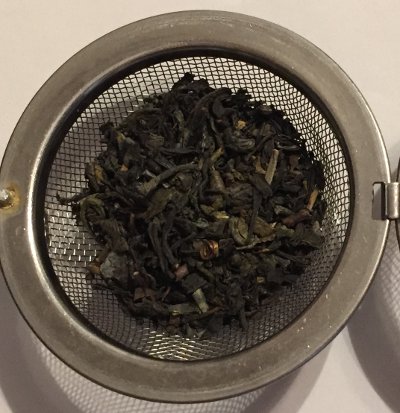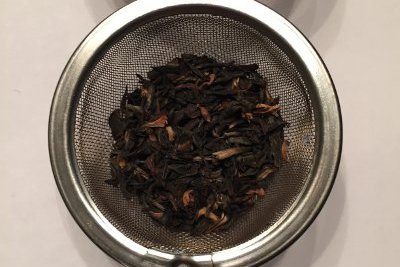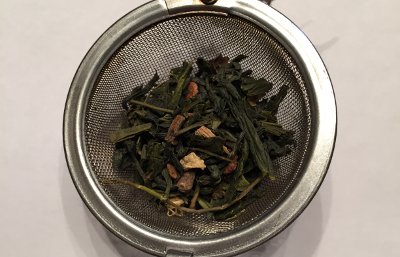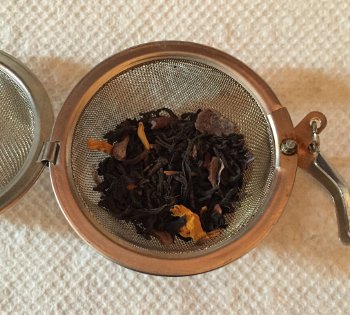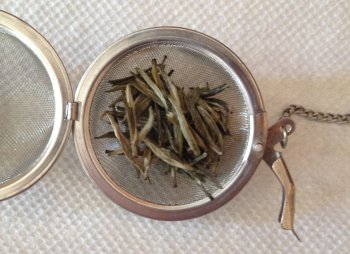During my annual beer recession, I usually spend some time exploring things that aren't alcohol. I know, I'm so kooky. I've made my coffee ambivalence well known on the blog due to its prevalence in the beer world, but I do enjoy the odd cup of tea here or there. I am far, so very far, from being an expert in tea, but that's one of the joys of this annual semi-hiatus from beer.
One thing I've never done is add milk to my tea. Yes, I'm the worst, I know that too. Oddly, as soon as I resolve to try this out, I find that adding milk to tea might destroy it's healthy antioxidants. Well, nuts. It does help round out some of the more bitter aspects of tea, but come on guys. A beer dork and certified hophead, bitterness doesn't exactly bother me. So imma keep drinking my tea straight up.
What we have here are two Single Estate Assams. Think Single Malt Scotch or single hop beer, only completely different. Or something. I've already decoded the whole GTGFOP1 acronym gobbledegook and yes, found out about some, um, disturbing terroir in Assam, so let's dive into these suckers:
Single Estate Assam: Dikom Estate Tea GTGFOP1 - Brews up an orange amber color. Smells malty with some herbal notes (I don't get mint as the description suggests, but maybe if I really reach for it...). Taste has a nice sweetness to it, malt coming through but also a very light fruit character that's nice, but not enough to really assert itself. Mouthfeel is medium to full bodied, strong, good breakfast fodder. Overall, it's nice, but I don't really get the notes from the description except in a very vague sense.
Tea Nerd Details: 1+ tsp for 8 ounce cup, infused at 212° for 4-5 minutes.
Single Estate Assam: Zaloni Estate STGFOP - Pours a light brown color with a hint of amber. Smells of sweet malt, a little bready, hints of something vegetal. Taste has an intense malt character, sweet, with that bready note too and a bit of a bitterness in the finish. Mouthfeel is medium bodied and finishes kinda dry. Overall, a decent cup of black tea, nothing particularly spectacular, but I like.
Tea Nerd Details: 1+ tsp for 8 ounce cup, infused at 212° for 4-5 minutes.
Beer Nerd Musings: Adding actual milk to beer is probably unwise and vaguely revolting, but we do use lactose. It increases body, adds a type of sweetness, and yes, evens out some of that bitterness that comes from hops. Indeed, while most of us don't mind a little bitterness (or even a lot), one of the big trends right now is less bitter IPAs and even what's called Milkshake IPAs, which are made with lactose and have a pretty chewy mouthfeel (and a rather opaque appearance). Go figure. If I were a betting man, I'd say it's only a matter of time before local favorite Tired Hands brewing makes a Milkshake beer that uses tea. Keep an eye out folks.
Next up in the non-alcoholic jamboree: Maple Syrup. With a twist you won't believe!
